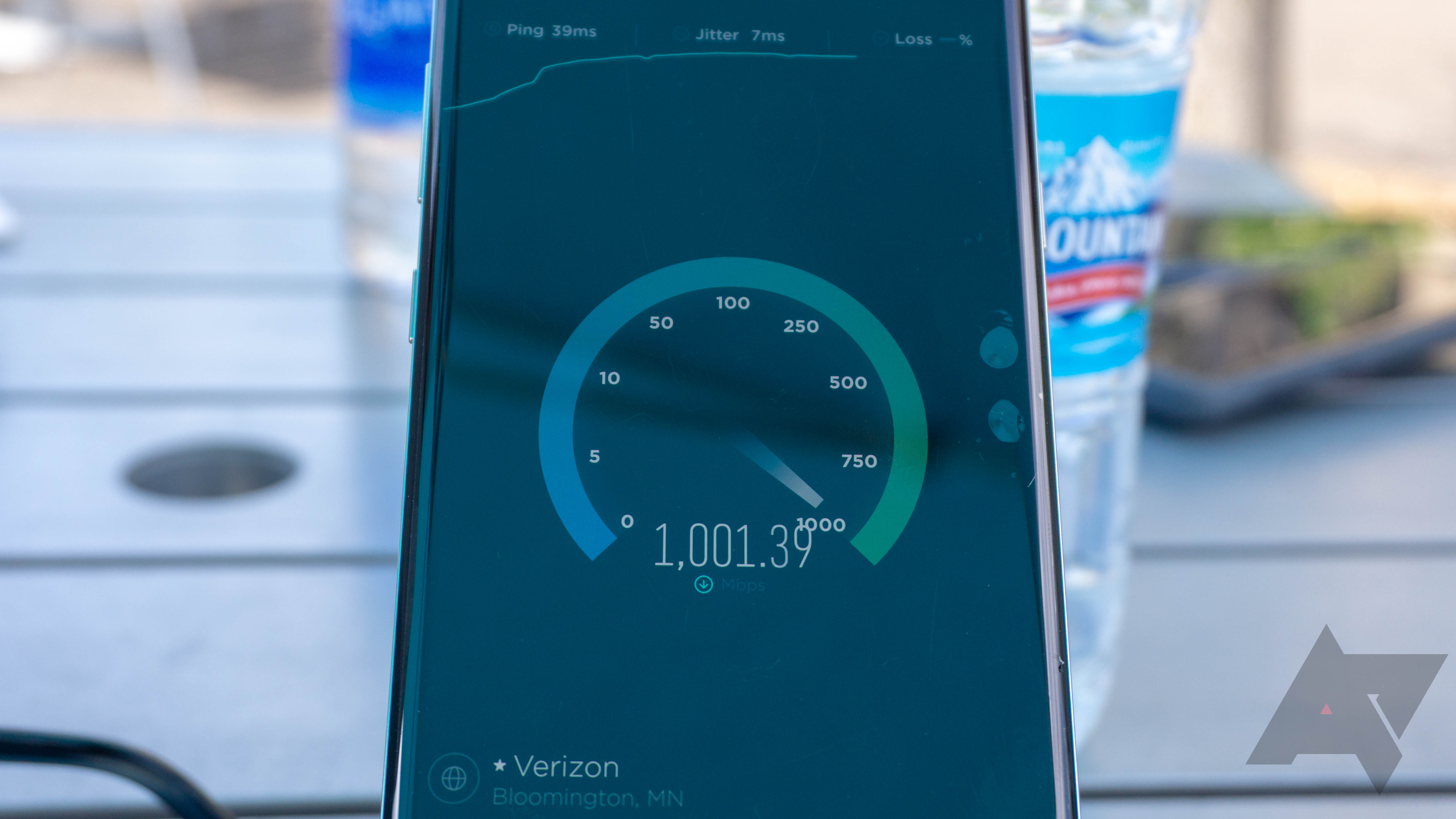The 5G phones are finally coming fast and furious. For example, Samsung's newly-announced Galaxy A90 5G brings some of the best of Samsung's smartphone know-how and 5G at a much more palatable price point. There's just one little catch: it's probably not going to be compatible with the majority of 5G networks in the US. And it definitely won't be the last such 5G phone that doesn't end up in the US this year or next as a result.
For a variety of reasons, most US carriers (T-Mobile, AT&T, and Verizon) have chosen to bank a significant part of their 5G efforts on a technology called millimeter wave, which is commonly abbreviated in the industry as 'mmWave.' This type of 5G works in an extremely high part of the RF spectrum (in excess of 24GHz, and up to 60-70GHz), and has been pushed primarily by modem and chipset developers Qualcomm as a key part of 5G's promise. But that promise has been painfully slow to achieve realization.
mmWave is extremely expensive and difficult to deploy, with coverage often requiring literal block-by-block rollouts in the urban environments where those deployments are currently underway. When you're talking about thousands of city blocks, the task can quickly seem comical in its scale and grinding pace relative to the experience it provides. mmWave 5G is finicky. It has very short range, deals poorly with line of site obstacles, and achieves zero appreciable indoor signal penetration. Sure, it can be very fast, but if it's only so fast until you turn a corner or walk into a store, that speed may be effectively far less useful than a slower, but more consistent, connection.
But mmWave has another, bigger problem: most phonemakers seem almost totally uninterested in it. OnePlus doesn't want to use mmWave. LG has yet to commit to the technology, with its only 5G device being a mid-band (a term for 5G around 2.5GHz to 5GHz) phone on Sprint in the US. There's no sign Google's new Pixels will come with it. Chinese manufacturers have basically no reason at all to support the tech right now, as China, and almost none of the rest of the world, is using or even plans to employ mmWave for their 5G networks in the near future. When it comes to 5G, American carriers like Verizon have said things along the lines of getting mmWave out of the way first is a good long-term strategy, because it's the hardest but most important part of making a "real" 5G network. Increasingly, that seems easy to doubt: early live 5G speed tests from the UK, for example, cracked nearly 1Gbps on mid-band frequencies with wide coverage. If a megalopolis like London isn't an ideal market for mmWave, what exactly is?
With the US all but standing alone on the mmWave issue (well, Korea is with us!), that suddenly turns the notion of the US market being the leader for cutting-edge telecom on its head. If the vast majority of demand for 5G devices globally in the next few years will be almost exclusively for mid-band 5G, the US becomes an outlier market. And that almost certainly means we're going to see a lot of cool phones either stripped of 5G when they arrive in the US (which is exactly what's happening with the A90), or not arrive at all.
mmWave optimists may point out that a similar situation unfolded during the early days of 4G, but this was mostly a point of band compatibility and the US generally being ahead of much of the world in deploying the LTE standard. With 5G, there is a fundamental, technological disagreement that will act as a fragmenting force in the marketplace. mmWave isn't just a matter of flipping a switch in firmware or paying Qualcomm royalties: it requires dedicated antenna modules, sometimes upwards of a half-dozen of them, to be an integral part of a phone's industrial design. While Samsung has proven that it's possible to make a totally normal looking phone with these antennas (the S10+ 5G and Note10 5G are not big, thick monsters a la early 4G), it's clear that comes with associated engineering, component, and design costs. For much the same reason most phone manufacturers have shied away from supporting ultra high-frequency Wi-Fi in their handsets, mmWave could be unattractive. Designing an entire phone around a technology that has a negligible use base isn't a smart business move.
I know what you're asking now: why doesn't the US just use mid-band 5G like the rest of the world, then? Do we know something they don't? The answer, sadly, is no, we don't. In fact, much of the reason American carriers have turned to mmWave technology is a result of US government policy around spectrum. It's complicated stuff in terms of the full explanation, but the short version is our federal government owns a lot a mid-band spectrum that it's shown no sign of being willing to relinquish to carriers. That might be slowly changing with the announcement of a 2.5GHz auction earlier this year and a broader policy of spectrum leasing gaining favor at the FCC, but the results of such shifts will take years to materialize. Carriers will have to bid on this spectrum, and only once assured of their access to it can they start to actually building out a network. Extrapolate from that the time it takes to then order and test compatible handsets from manufacturers, and it will likely be two or more years before we see such spectrum meaningfully change the 5G landscape in the US.
Increasingly, it's looking like America bet on the wrong fast lane to 5G. And getting out of it will be a slow process.

